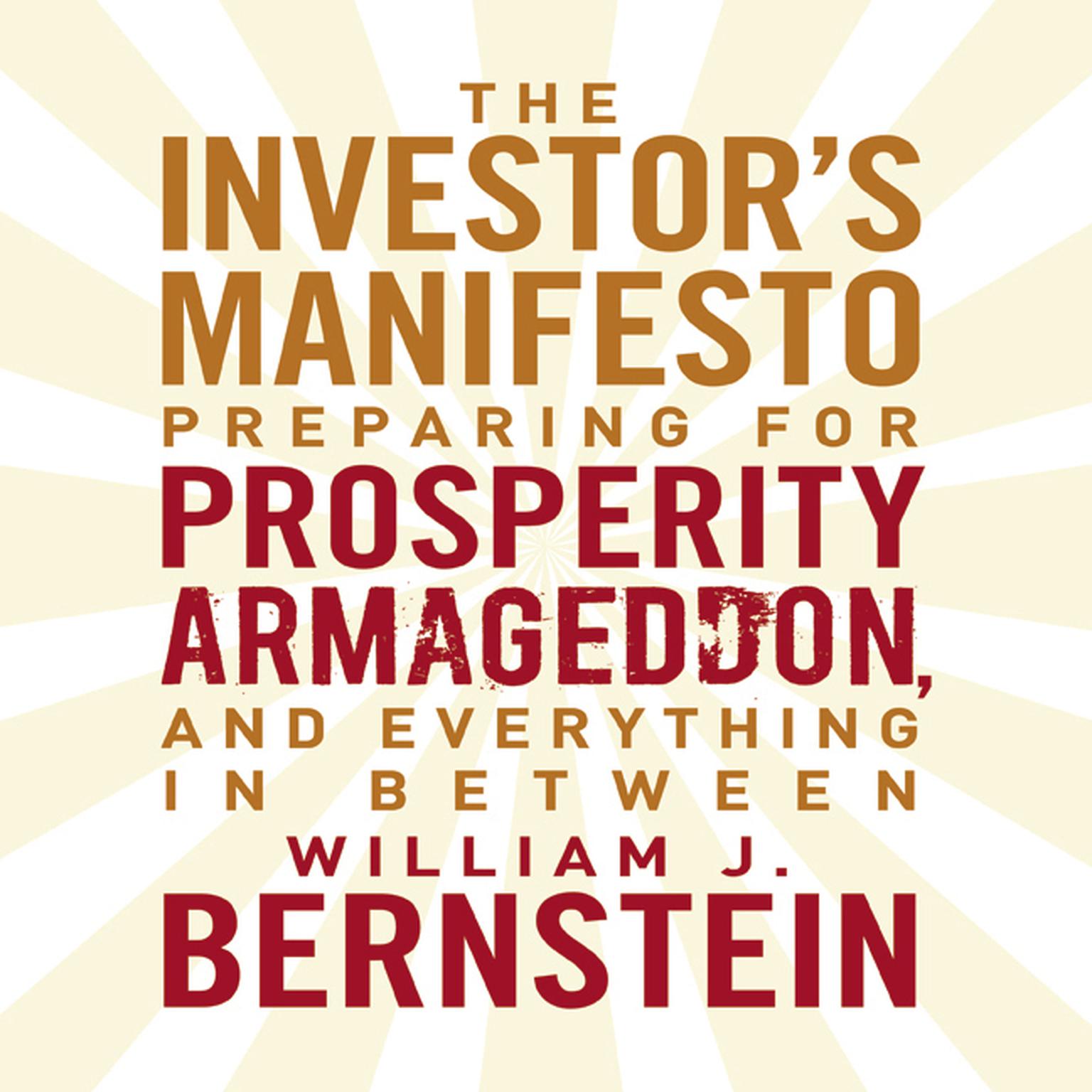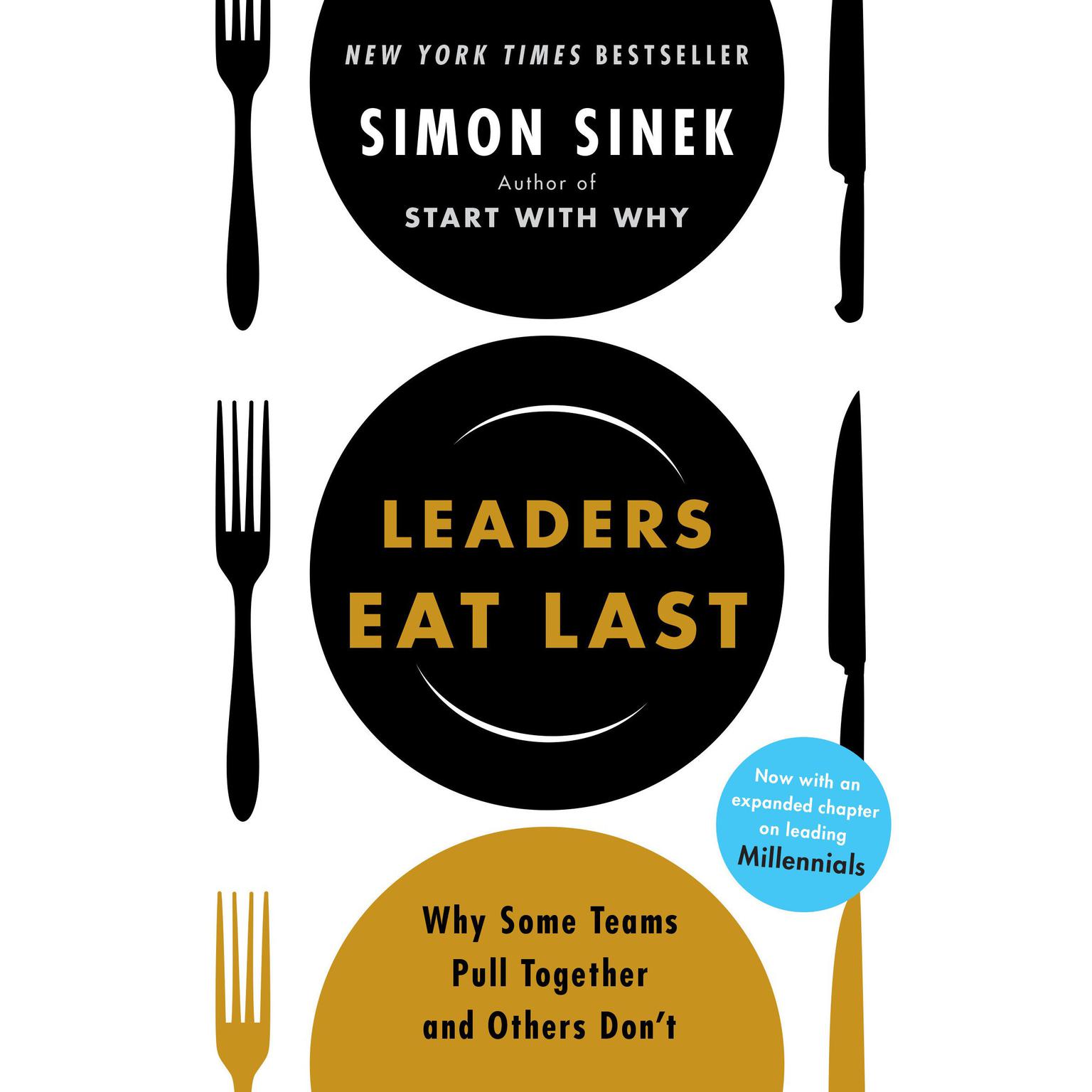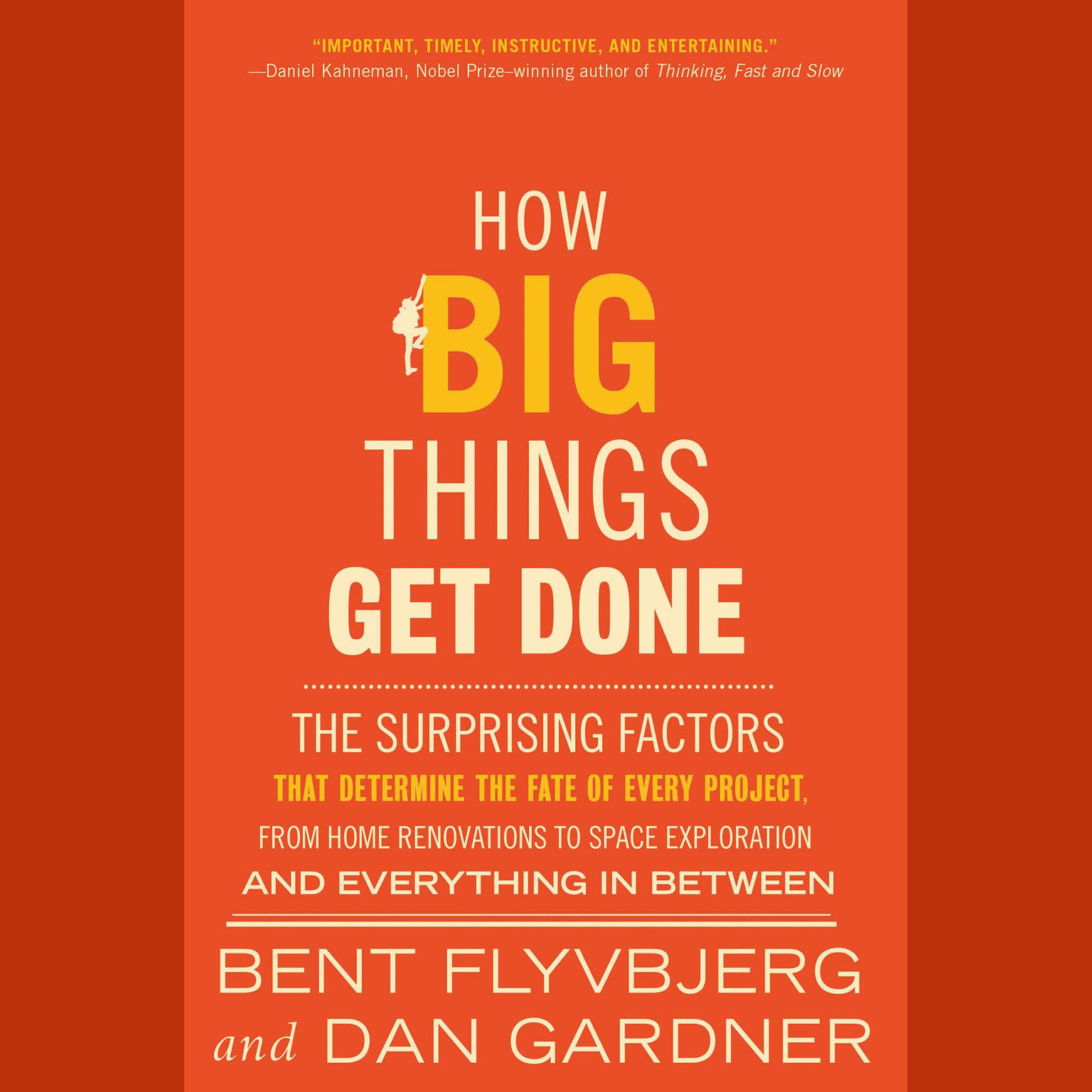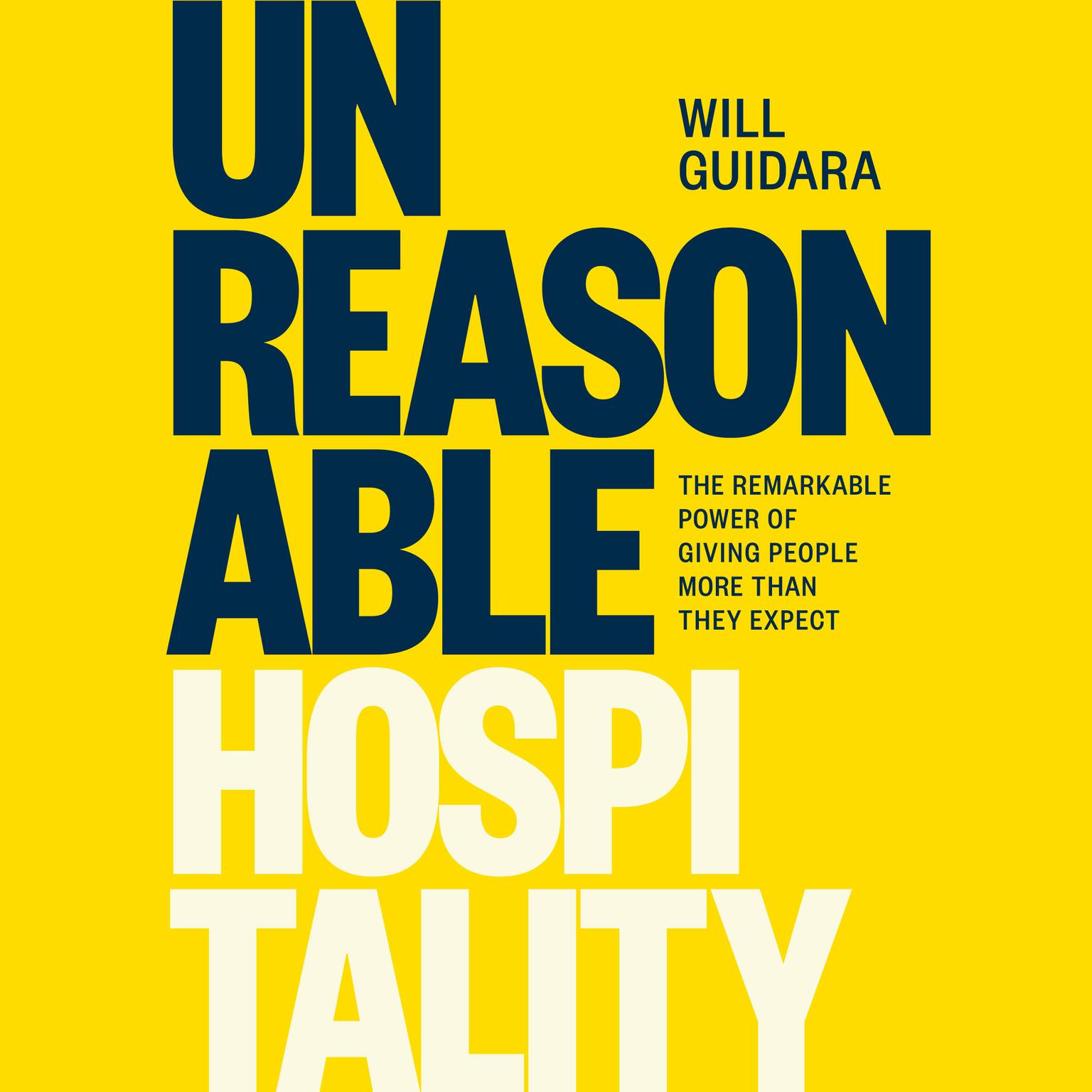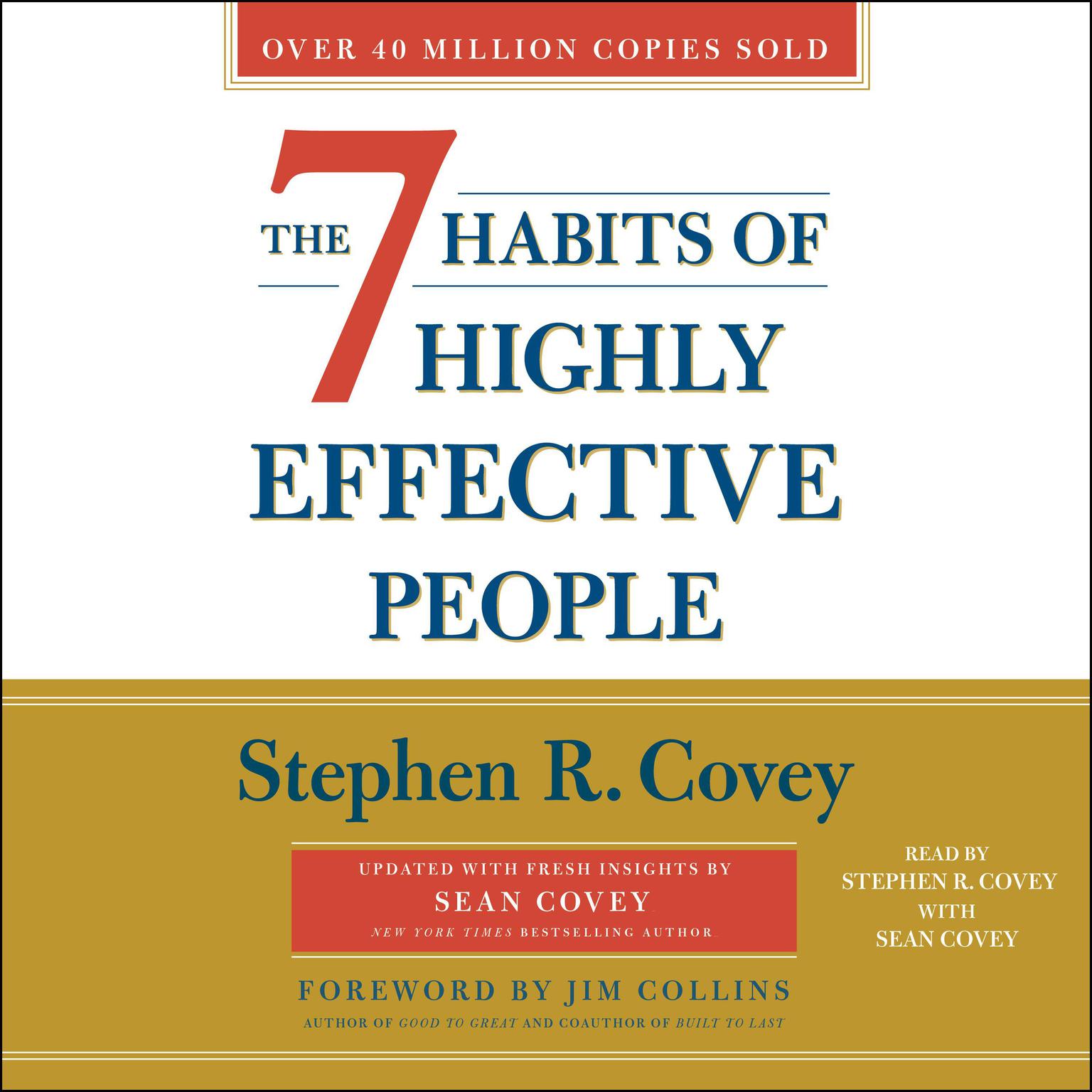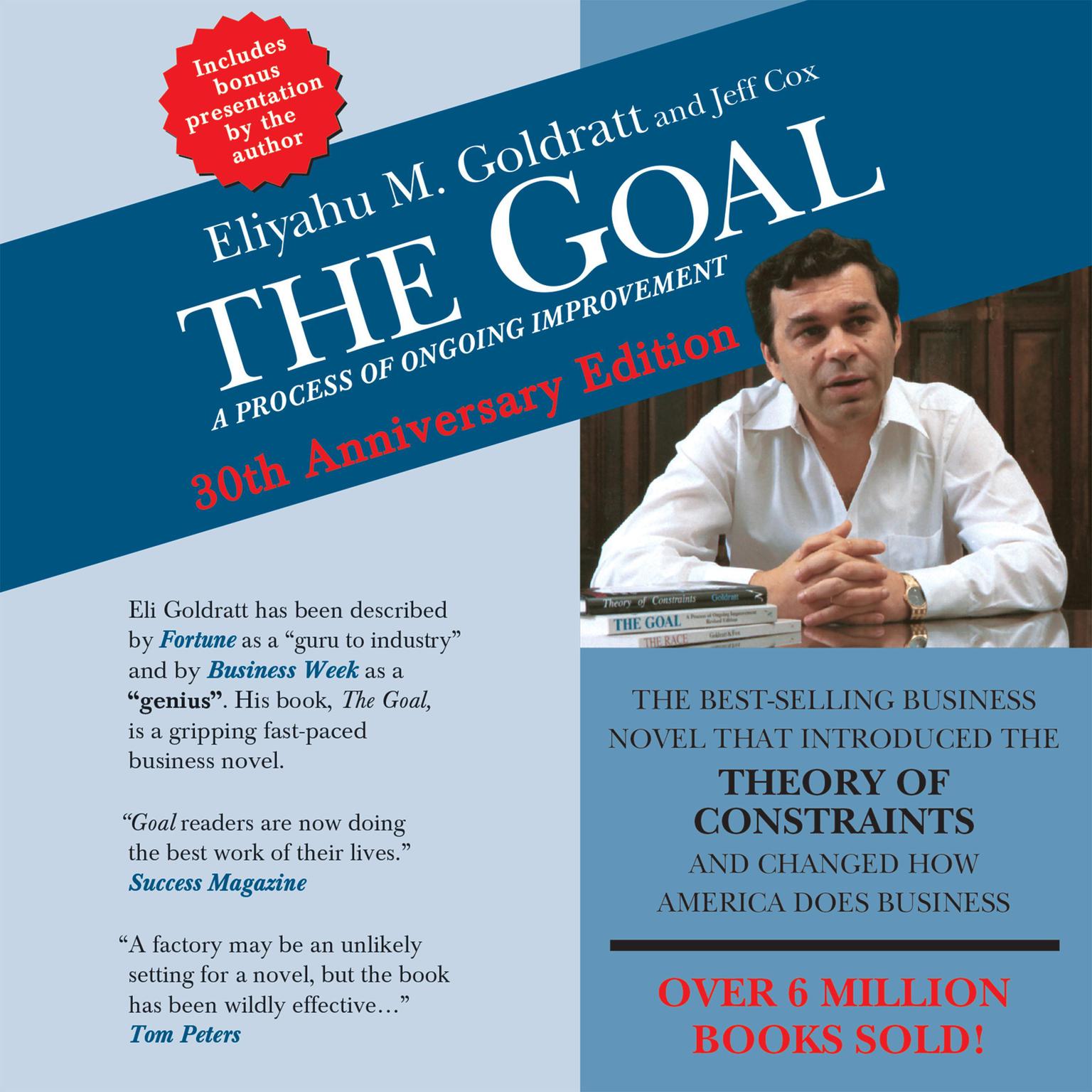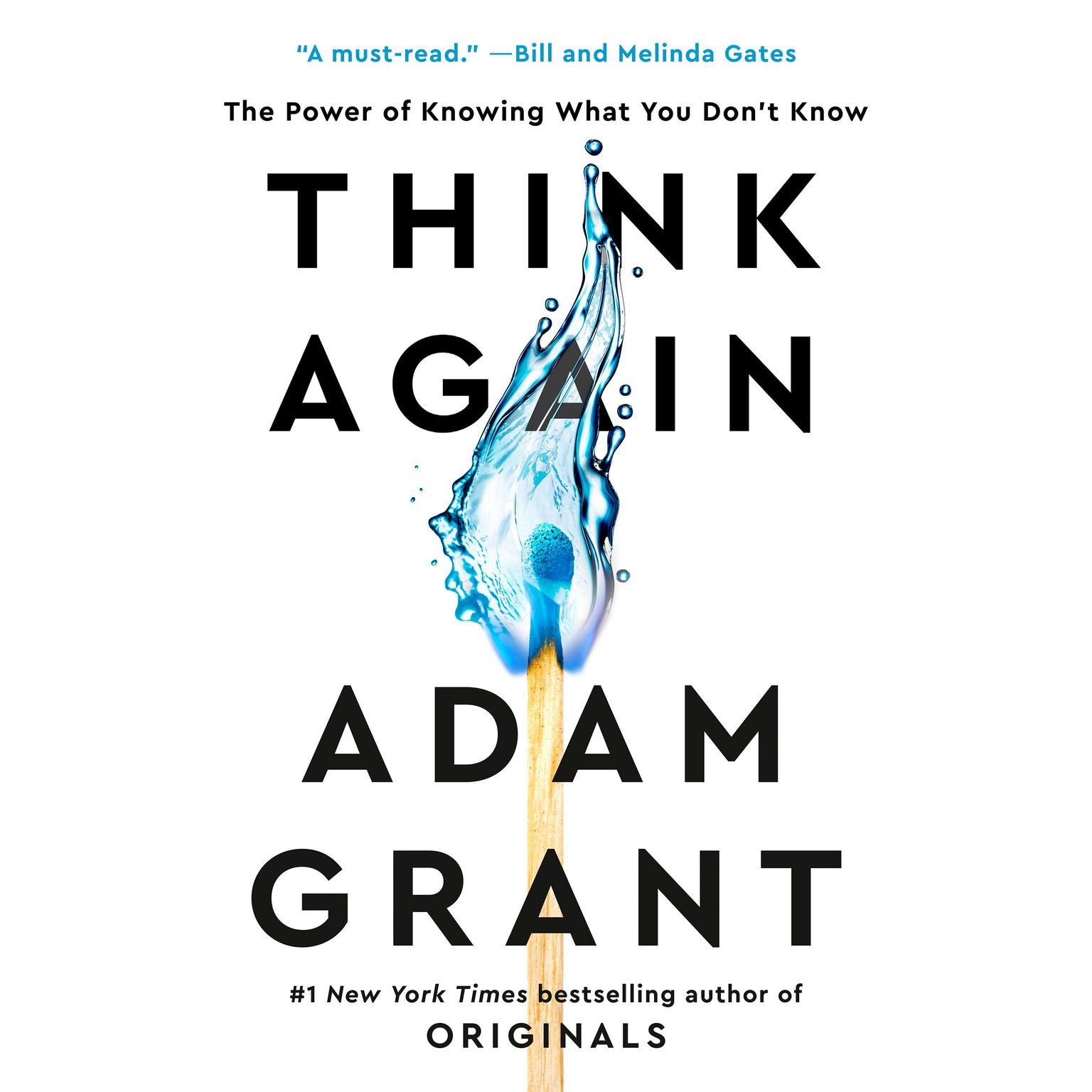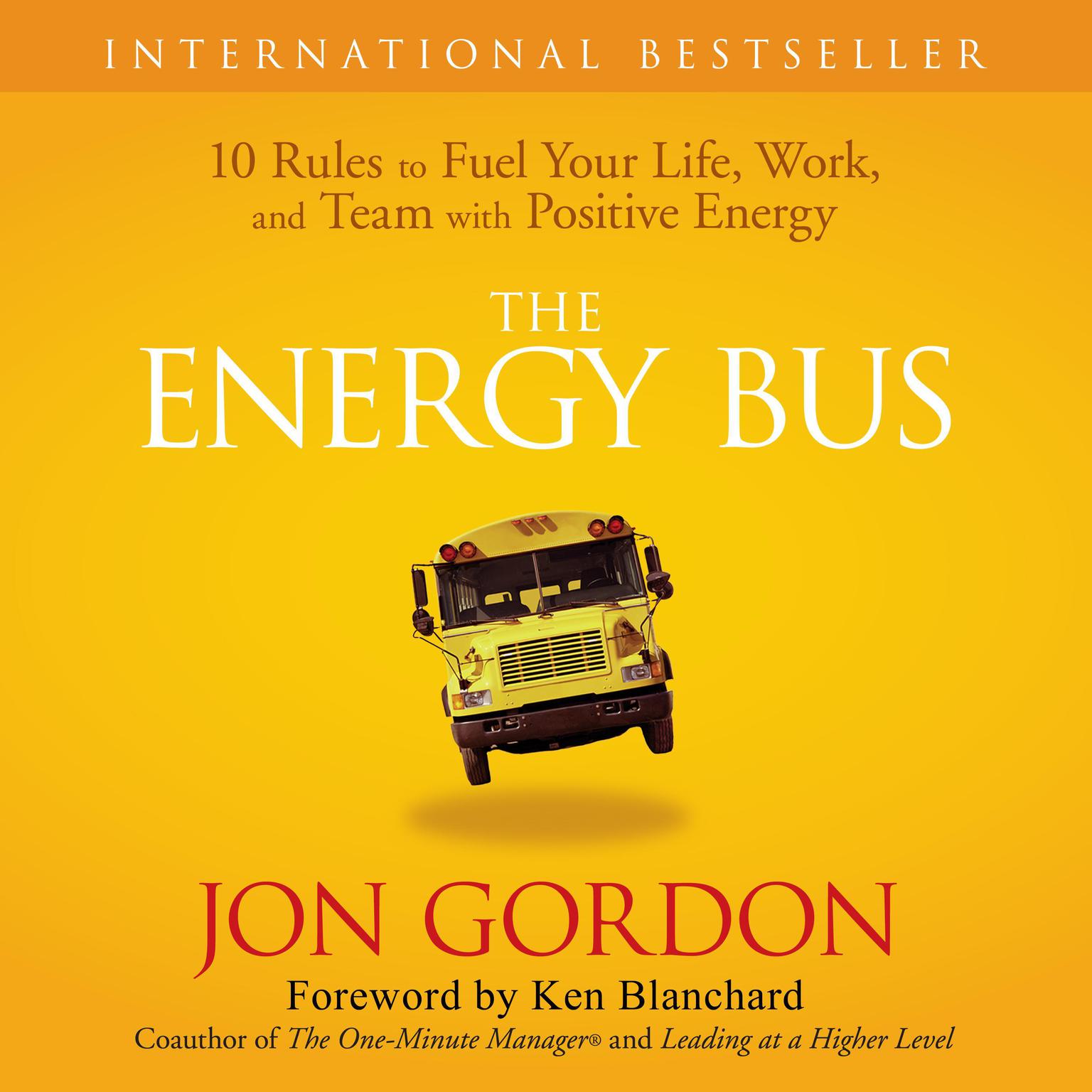Publisher Description
Most Americans think of crowded cities as ecological nightmares—as wastelands of concrete and garbage and diesel fumes and traffic jams. Yet residents of compact urban centers, David Owen shows, individually consume less oil, electricity, and water than other Americans. They live in smaller spaces, discard less trash, and, most important of all, spend far less time in automobiles. Residents of Manhattan—the most densely populated place in North America—rank first in public-transit use and last in per-capita greenhouse gas production, and they consume gasoline at a rate that the country as a whole hasn’t matched since the mid-1920s, when the most widely owned car in the United States was the Ford Model T. They are also among the only people in the United States for whom walking is still an important means of daily transportation. These achievements are not accidents. Spreading people thinly across the countryside may make them feel green, but it doesn’t reduce the damage they do to the environment. In fact, it increases the damage, while also making the problems they cause harder to see and to address. Owen contends that the environmental problem we face, at the current stage of our assault on the world’s nonrenewable resources, is not how to make teeming cities more like the pristine countryside. The problem is how to make other settled places more like Manhattan, whose residents presently come closer than any other Americans to meeting environmental goals that all of us, eventually, will have to come to terms with.
Download and start listening now!
“A book to make New Yorkers feel good about themselves — our undersized, overpriced apartments mean we are at the cutting edge of sustainability. At times reading book was frustrating: locavorism, smaller cars with higher gas mileage, alternative energy sources — according to Owen these mean little, unless the majority of the country changes the way they live. As a New Yorker, I happen to like my pedestrian, minimalist lifestyle, but most Americans seem to prefer their big houses and their SUVs, so perhaps combining these strategies might be a more workable approach. Overall, it’s a good critique of various environmental solutions and pieties, though it reads like an extension of the New Yorker article it began as. I did find one thing puzzling, though; the author freely admits to living in small-town semi-rural Connecticut. If high-density urban living is our clearest path towards sustainability, who’s going to make the first move? (Except we New Yorkers, who now have one thing more to feel smug about.)”
—
Catherine (4 out of 5 stars)

